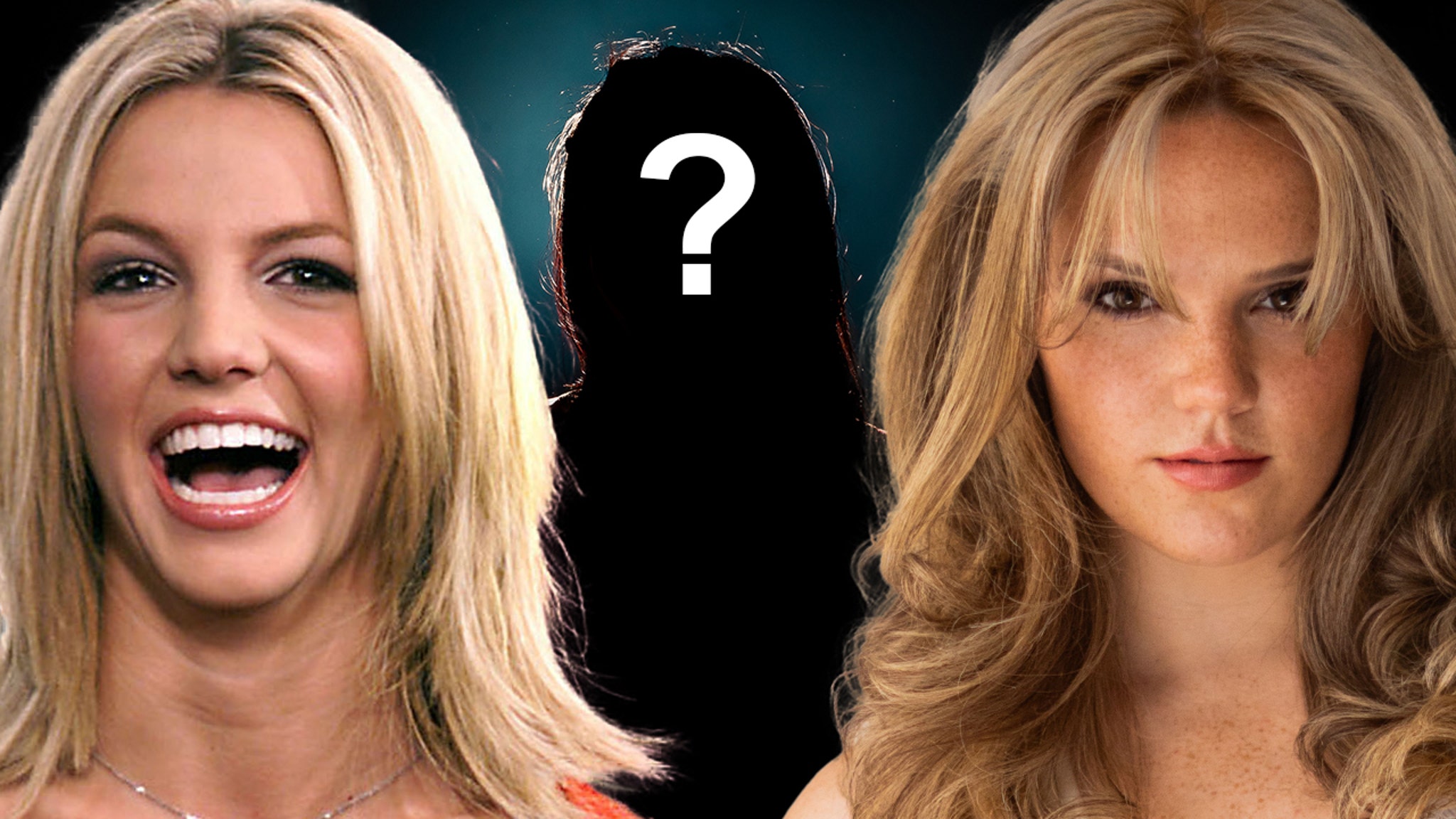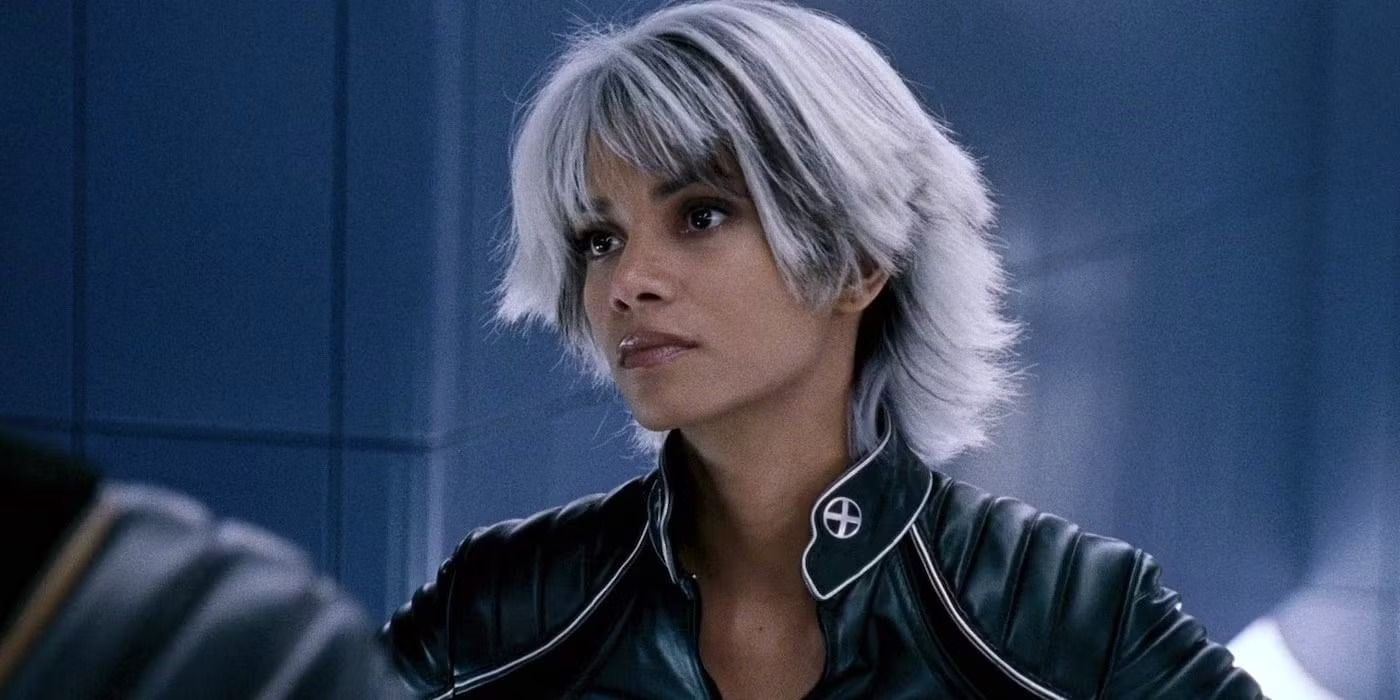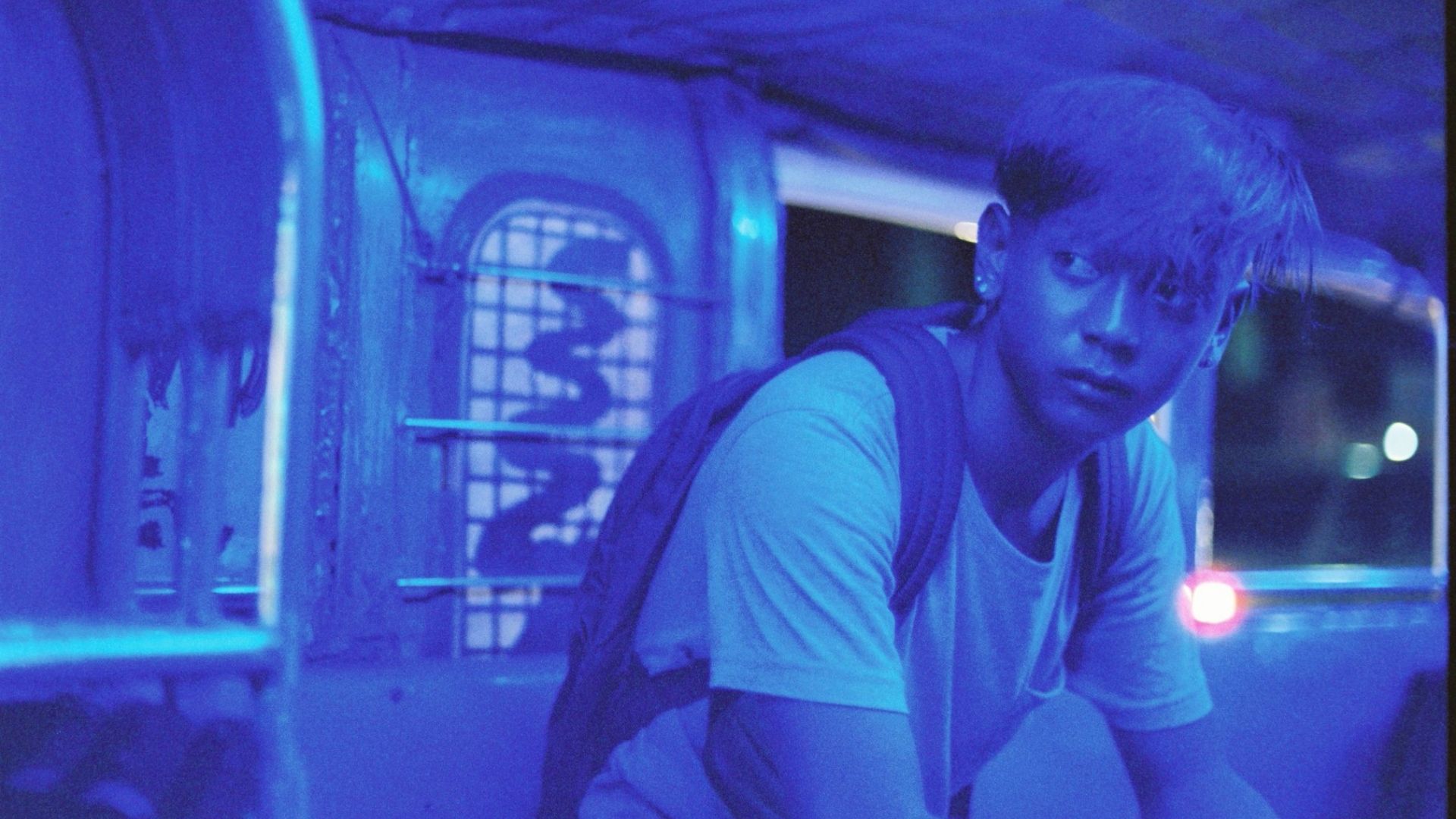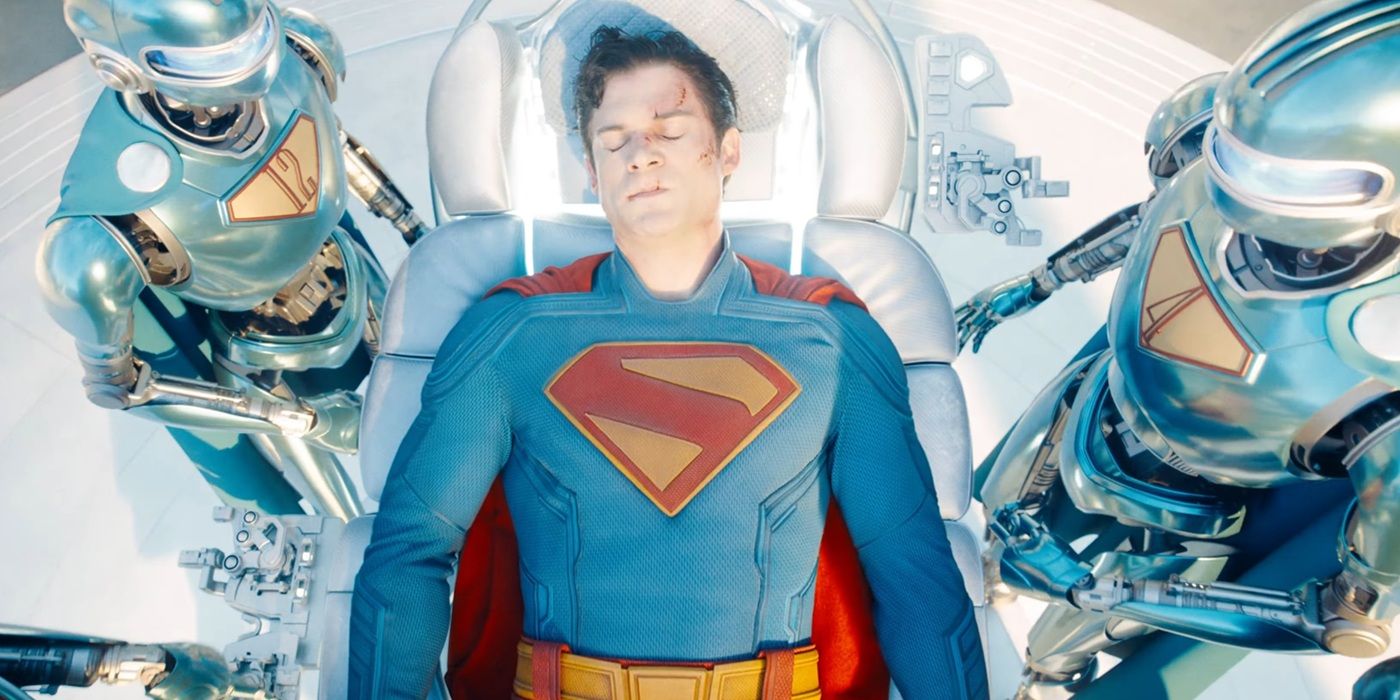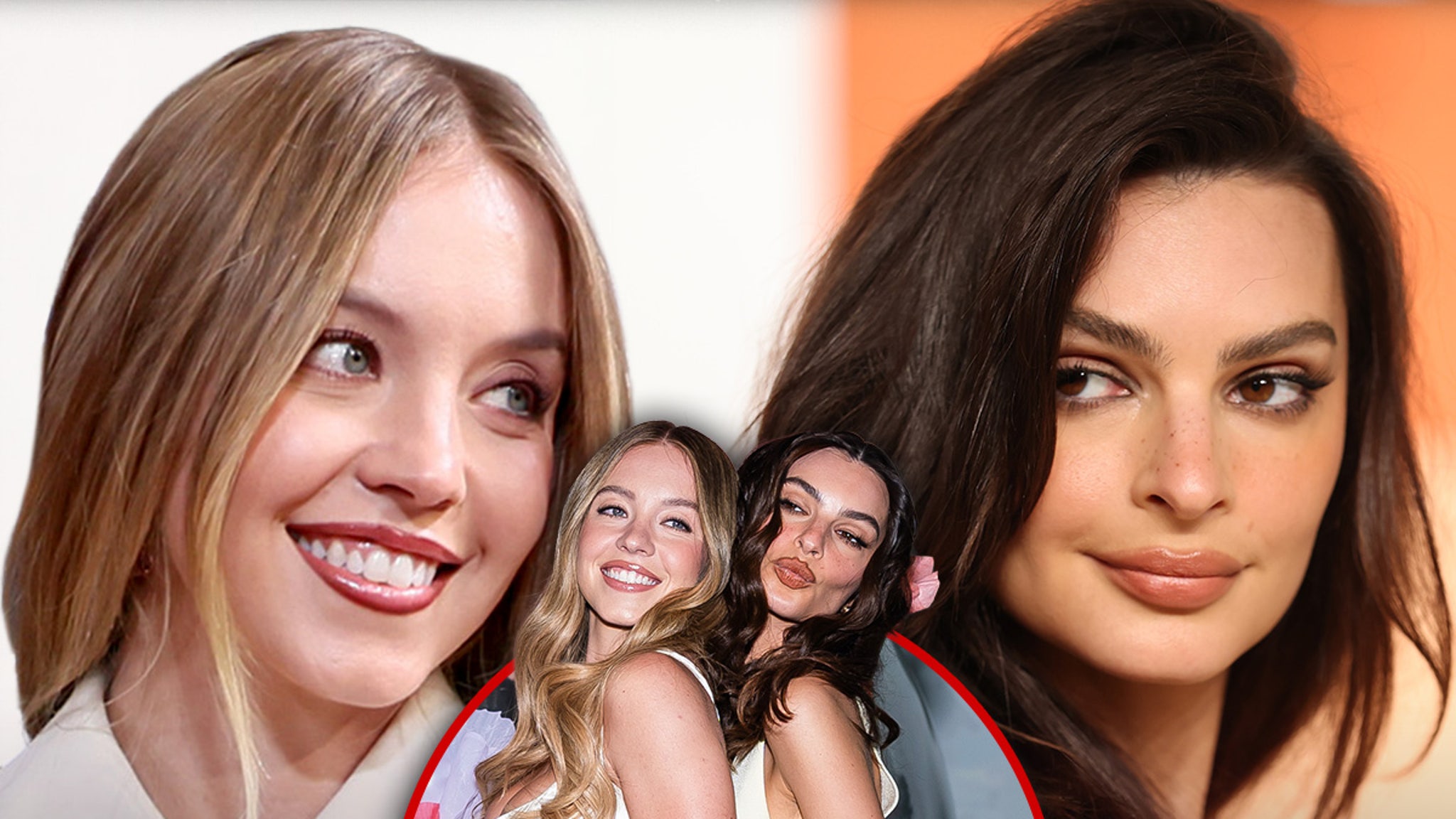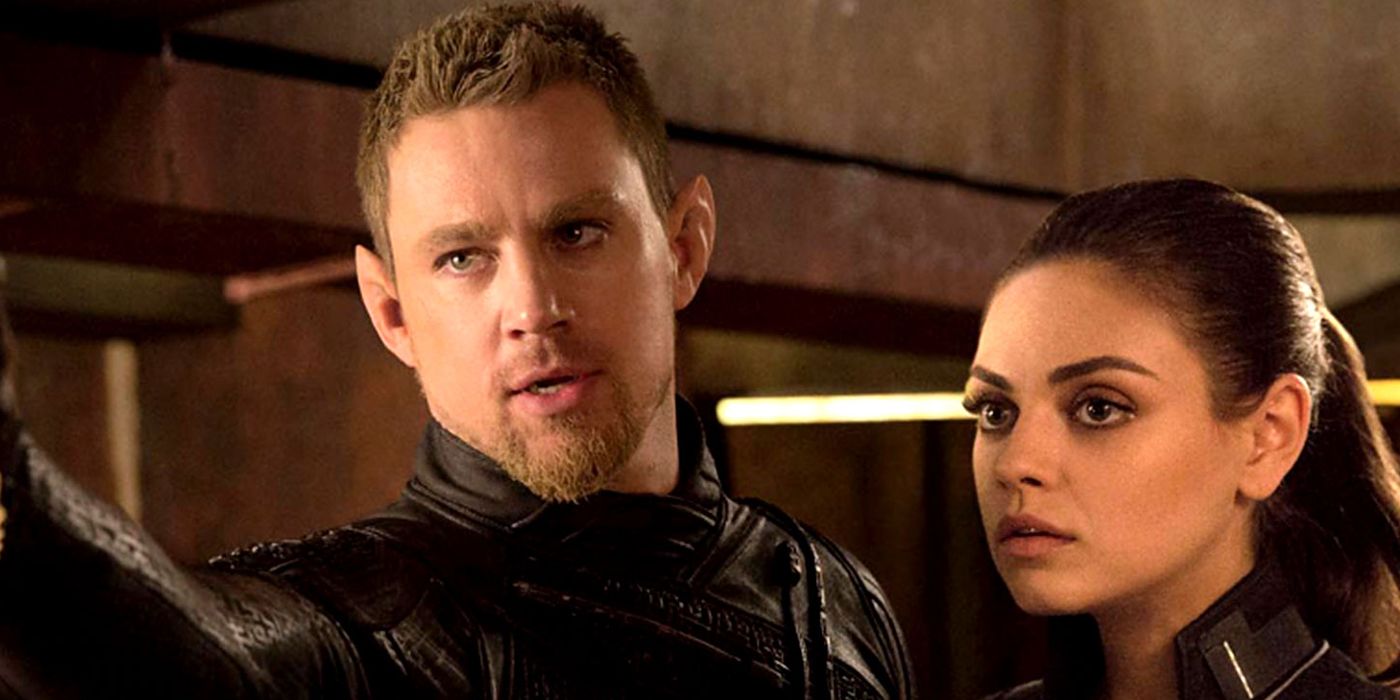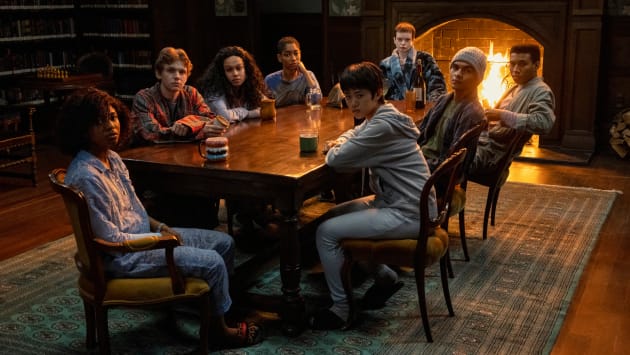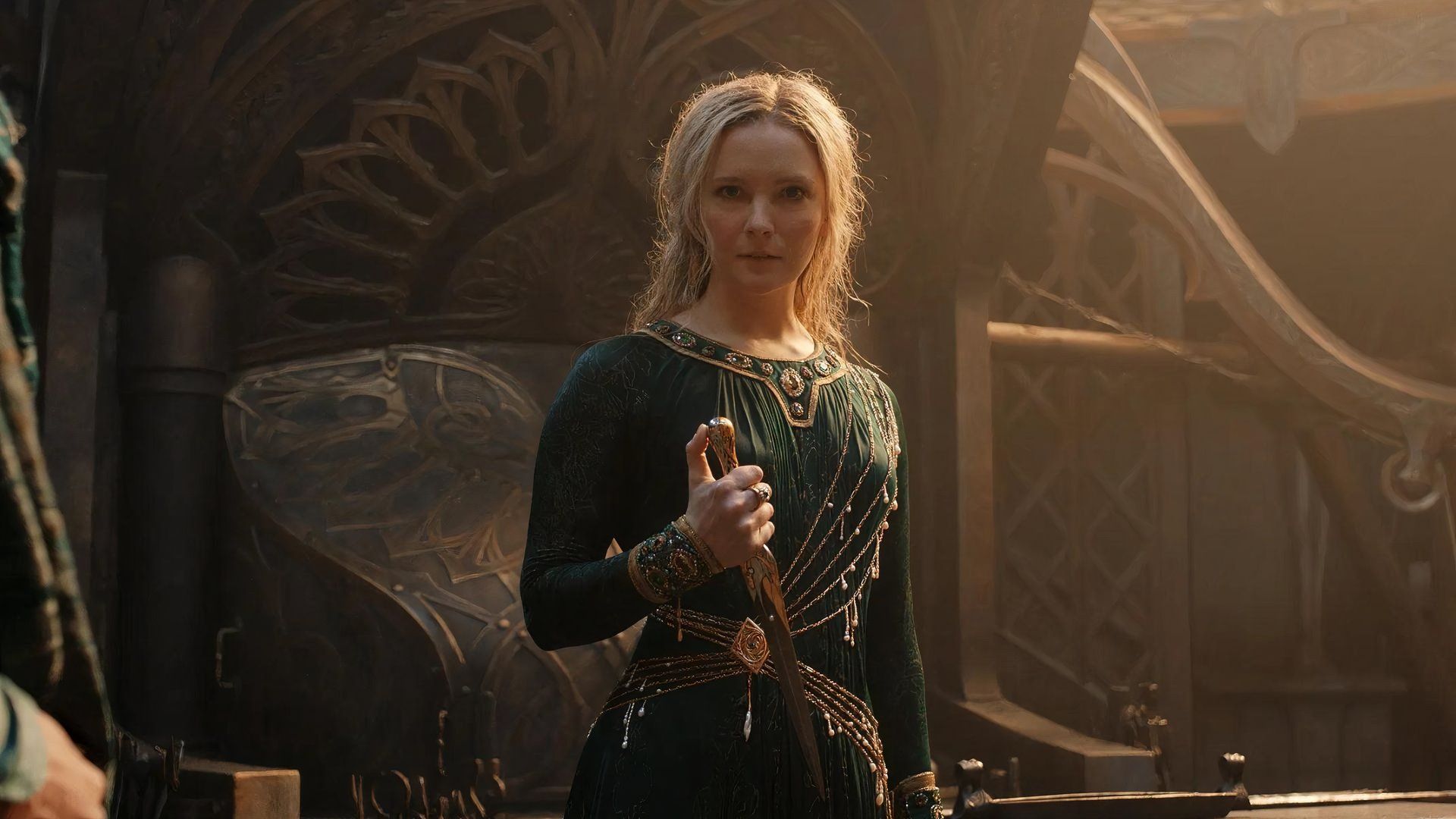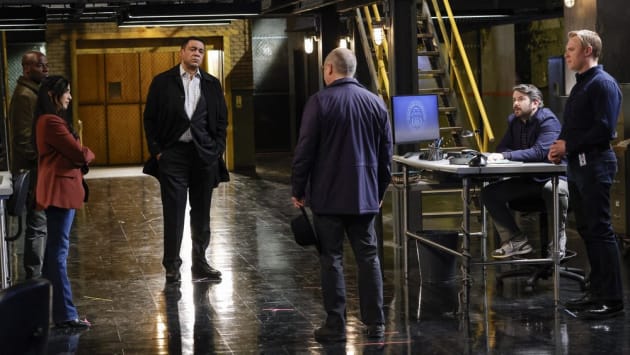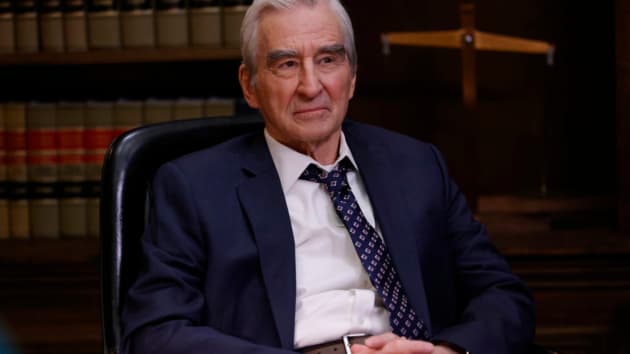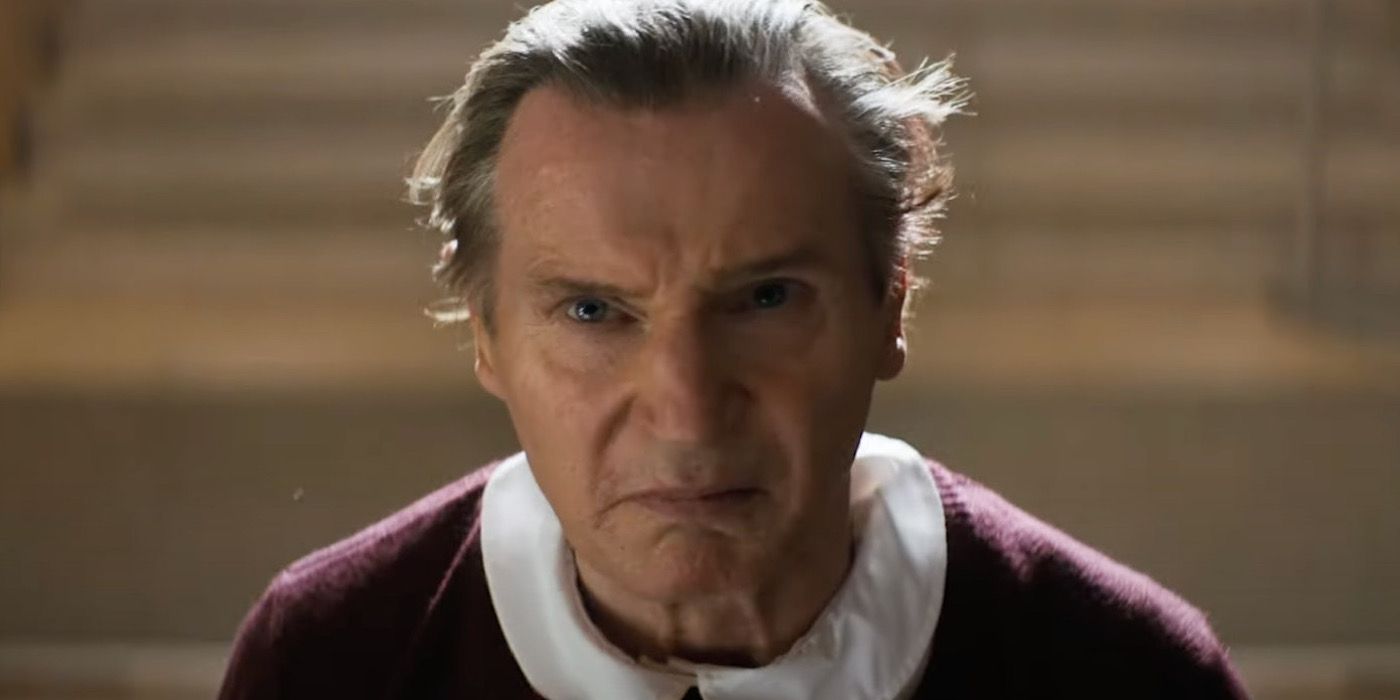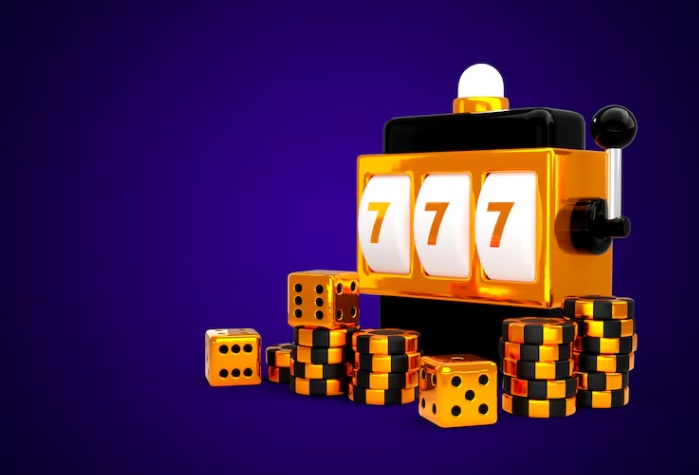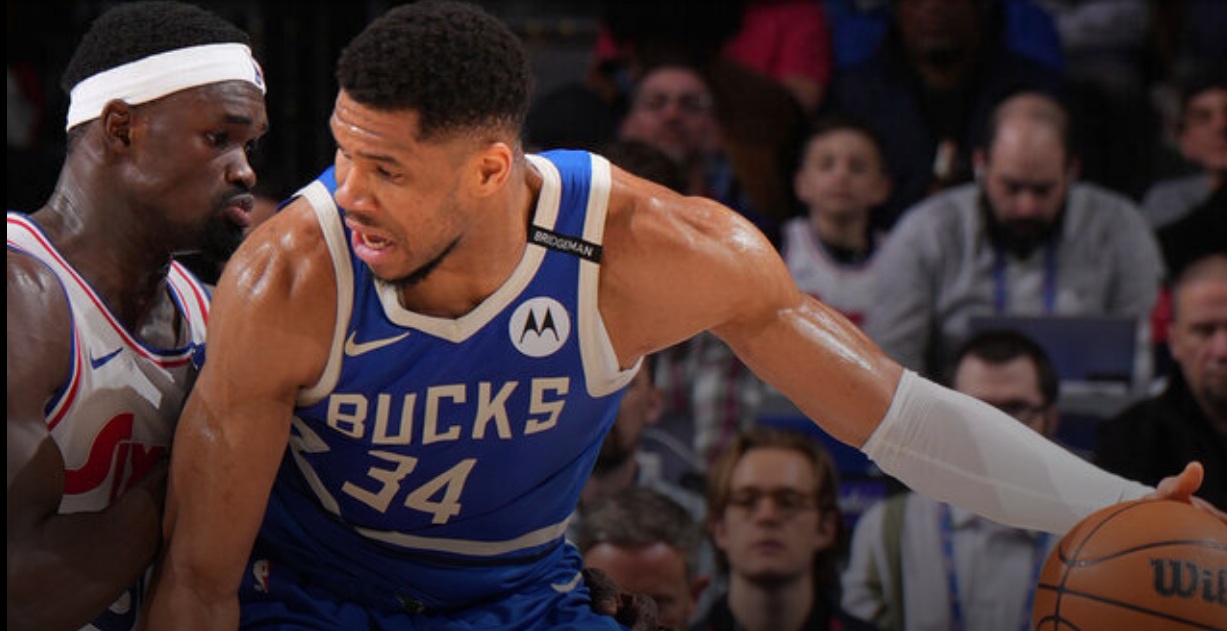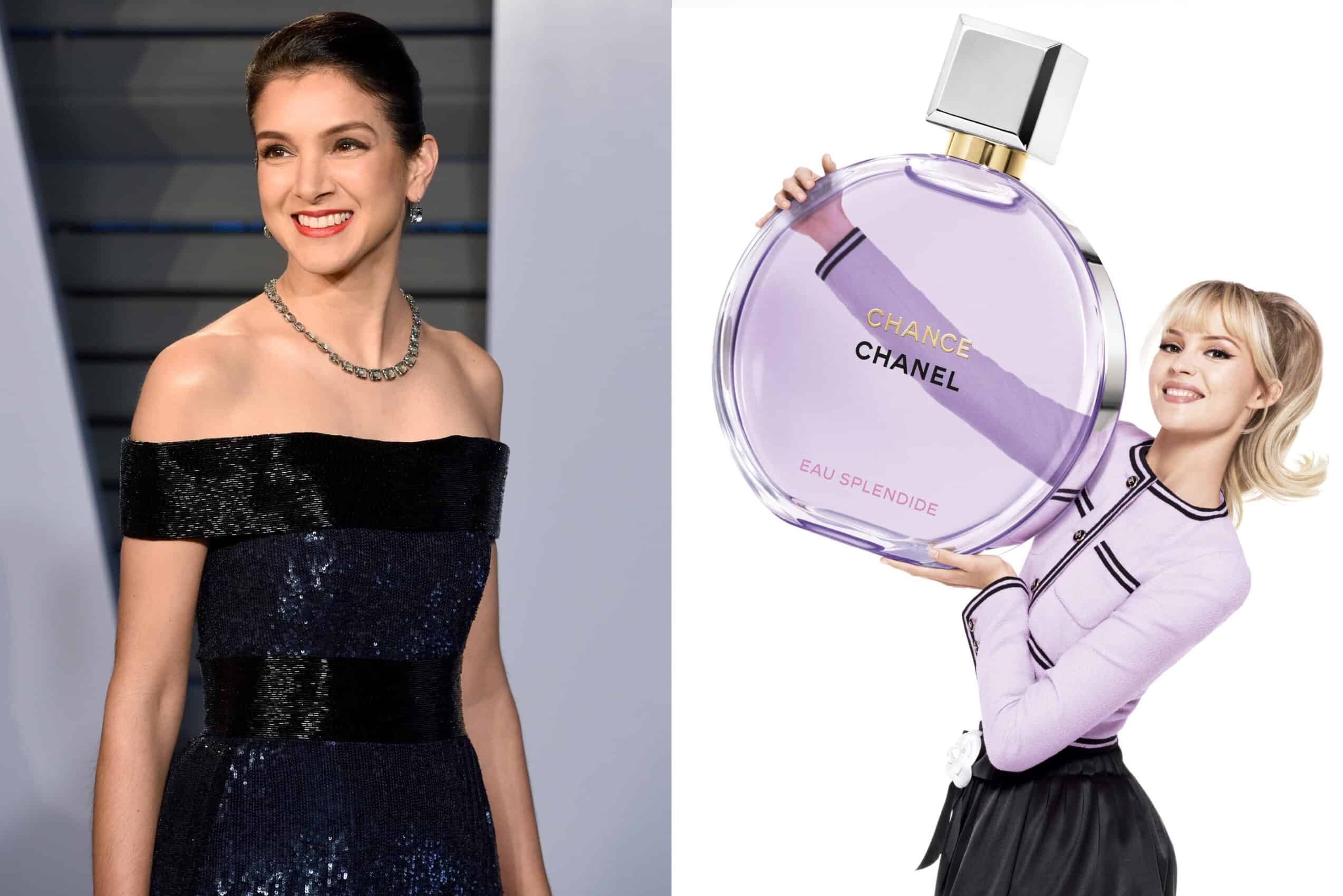Your mileage may vary with The Midnight Club, depending on how much nostalgia you have for Christopher Pike’s pulpy YA horror novels.
Creators Mike Flanagan (Midnight Mass, The Haunting Of Hill House) and Leah Fong clearly loved and respected the original material. The Midnight Club is an ambitious project, but the novel lends itself well to the semi-anthological format.
Recent high school graduate Ilonka is sent to live at a hospice for terminally ill young people who like to get together secretly every night and tell each other scary stories.
The stories within the story are transporting. In the original book, they served as windows into the minds and feelings of the storytellers.
Here Flanagan and Co. go one better and incorporate a range of Christopher Pike’s novels — Gimme A Kiss, The Wicked Heart, Witch, See You Later — for the Midnight Club’s stories.
Giving each story a different film style/genre is a nice touch. The tonal shifts often take a few minutes to get into, so the stylization helps with that. Once you’re there, enough is going on to keep you hooked.
It’s a great choice to have the narrators play the leads in their stories, as well as include actors from the main plot show up as well.
Some stories, notably The Wicked Heart and The Eternal Enemy, take strange turns that don’t always feel earned.
However, given that they are stories being made up and told by teens in the context of the show, we buy them.
One thing The Midnight Club does in the first episode is to call itself out on the jumpscares. Being meta is one thing and can be fun if it’s done well, but having your characters call out the story structure’s failings is a red flag that hints at a lack of confidence.
That said, there are absolutely too many jumpscares, and they lose their effectiveness when overused.
Not everything in The Midnight Club works. There’s too much going on, and it feels bloated at times.
Some of the “real world” horrors feel unnecessary and forced, and some of it doesn’t even resolve by the end of the season. It feels like it’s just there for extra jumpscares to keep the audience on their toes.
There are some excellent performances here in a large, charismatic, mostly young cast.
Iman Benson portrays Ilonka, the “new girl” at Brightcliffe, and her journey from denial to acceptance provides the emotional throughline of the season. She’s both strong and vulnerable, with believable choices and conflict.
Other standouts are Chris Sumpter, who portrays Spence with rawness, vitality, and passion. Ruth Codd is a revelation as Anya, and it’s hard to believe this is her first television gig.
The tenderness between Aya Furukawa’s Natsuki and Sauriyan Sapkota’s Amesh is extraordinary. These two share such honesty, conveying the many layers of a unique friendship that could be more, but has many roadblocks to overcome.
The Midnight Club also boasts some terrific cameos for ’90s nostalgia and Flanaverse fans.
It’s a blast to see Heather Langenkamp, Nightmare On Elm Street’s Nancy, back on screen in multiple roles, no longer a teen in peril but a maternal authority figure.
Episodes 5, 7, and 10 are season highlights. Seven is the most different in terms of structure and a higher concept than the rest, but it’s a lovely homage to found family.
The finale can lead one to weep, but it feels earned. It’s easy to get attached to these characters, although you know none of them are long for this world.
But that’s part of the message — having your life cut short shouldn’t stop you from loving as hard as you can while you’re around.
It sometimes evokes The Fault In Our Stars, but the subject of terminal illness in youth is done earnestly with humor and heart.
We have to remember Christopher Pike predates John Green and was tackling some significant issues that weren’t really touched on in YA at the time, especially YA horror.
The Midnight Club is stronger as a teen drama than as a mystery-horror. The horror aspects of the main plotline feel almost unnecessary at times, given how much is going on with the stories within the stories.
The show does have a sense of play, and it is self-aware enough of its origins that it doesn’t take itself too seriously the whole time because, damn, it would be a downer if it did.
The ’90s nostalgia is a significant factor, but it makes sense. The music and fashion are familiar throwbacks for this millennial, but the moments that really hit come from mid-1990s tech — the bulky computers, surfing the early internet, and setting a VCR.
Of all of Christopher Pike’s (many) works, The Midnight Club was the ripest for adaptation, especially since it comes with a conceit that allows the incorporation of so many of Pike’s other works that might be too thin for an entire adaptation, but work well in the half-an-episode format.
It is a surprise that the series is left open-ended. It would serve well as a limited series if it were a bit tighter. For these characters, time is finite, as most are terminally ill.
Some of my favorite original series from the book are missing (like The Magic Mirror), but Spence’s tales would probably feel wholly inappropriate in this day and age, given the subject matter. Still, they might find their way into a second season.
This season lacks the finality of the book’s original ending, and omitting certain themes presented therein is an interesting choice. However, since so much of the series is oddly open-ended, anything is possible.
The Midnight Club tries to be many things. It’s a ghost story, a psychological cult-horror, a teen drama, and a twisty anthological series not unlike Black Mirror, The Twilight Zone, or Are You Afraid Of The Dark? (the latter being based on the works of the other YA horror novelist of the ’90s, R.L. Stine).
Pike and Stine deserve more credit than they get for turning on teens to reading. I voraciously consumed their books during my formative years.
They were terrifying and titillating, but they were for teens — in them was a safe place to feel big feelings and to be scared.
The Midnight Club was always my favorite of PIke’s novels (and Flanagan’s, too, apparently). I’m happy to say that while this isn’t a perfect adaptation, it does it justice, at least.
Will you be watching?
Share your thoughts in the comments!
Edit Delete
Mary Littlejohn is a staff writer for TV Fanatic. Follow her on Twitter.
You can view the original article HERE.
